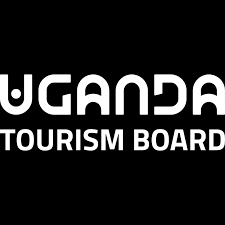Top Attractions in Kampala
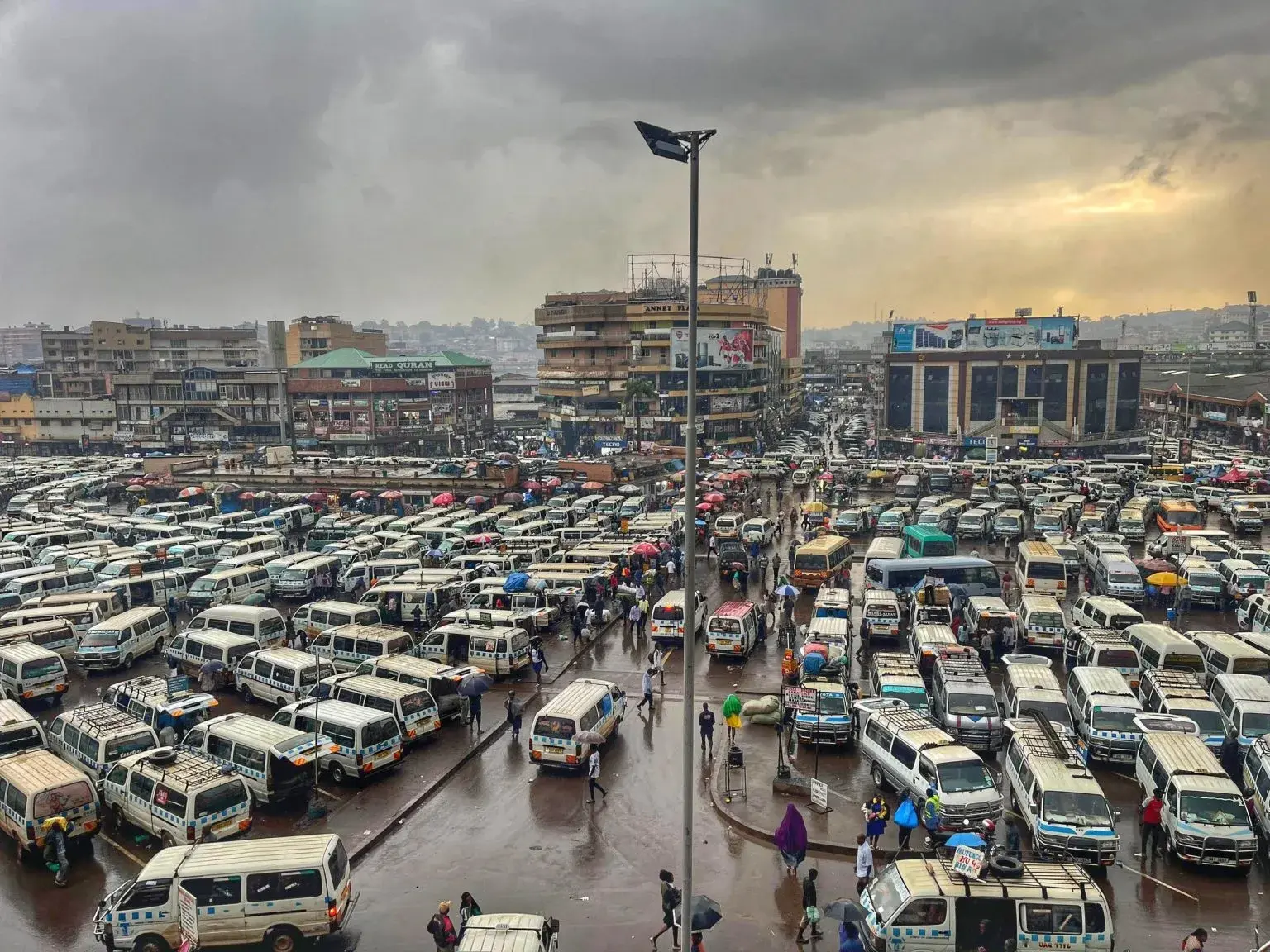
Many visitors to the Pearl of Africa—who come to trek gorillas, spot chimpanzees, or embark on safaris—often bypass Kampala, heading straight into the wild. This is understandable: nature lovers often don’t want to get caught in Kampala’s notorious traffic jam during their precious few days in Uganda. But by bypassing the city, you miss a big chunk of the “Uganda experience”.
Once the heart of the powerful Buganda Kingdom, one of five that ruled over the country until the late 1800s, Uganda’s capital is named after the herds of impala antelope that once freely roamed its forests and grasslands. Over time, the city has witnessed the British colonial ambitions and endured brutal rule of Idi Amin. Today, Kampala has blossomed into East Africa’s hub of commerce, culture and creativity — a dynamic mix of old and new. Here, boda-boda motorbikes weave through throngs of street vendors and the city’s lively all-night scene pulse with energy until the sun comes up.
Best attractions in Kampala
1. Uganda National Mosque
When Idi Amin was sent to exile in 1979, his grand vision for a massive mosque in Old Kampala for the city’s Muslim community was left unfinished. Decades later, in 2007, with the support of then-Libyan leader Muammar Gaddafi, the project was completed.
Today, tens of thousands of worshippers gather every Friday to its stunning, stained-glass-filled main hall for prayers. Don’t miss the chance to ascend the minaret’s 272 steps—it’s a bit of a challenge, but the panoramic views of the city at the top make it all worthwhile.
For just $10, guided tours led by passionate volunteers offer an in-depth look at the mosque’s fascinating history and its cultural importance. Female visitors are kindly asked to cover their heads (scarves are provided).

2. Ndere Cultural Centre
If there’s one place, I absolutely recommend to anyone visiting, it’s the Ndere Cultural Centre. This is where Uganda’s renowned dance troupe dazzles audiences every Sunday, Wednesday, and Friday in a vibrant, open-air village setting surrounded by thatched-roof huts.
The performances are a whirlwind of lively drumming, dynamic dancing, and energetic ululations, with performers in vibrant costumes pouring out from the traditional huts to showcase a rich variety of local songs and dances over a thrilling three-hour show.
The evenings come alive thanks to Stephen Rwangyezi, the troupe’s founder, whose sharp Ugandan humor effortlessly connects with the crowd and adds an extra layer of charm to the experience.
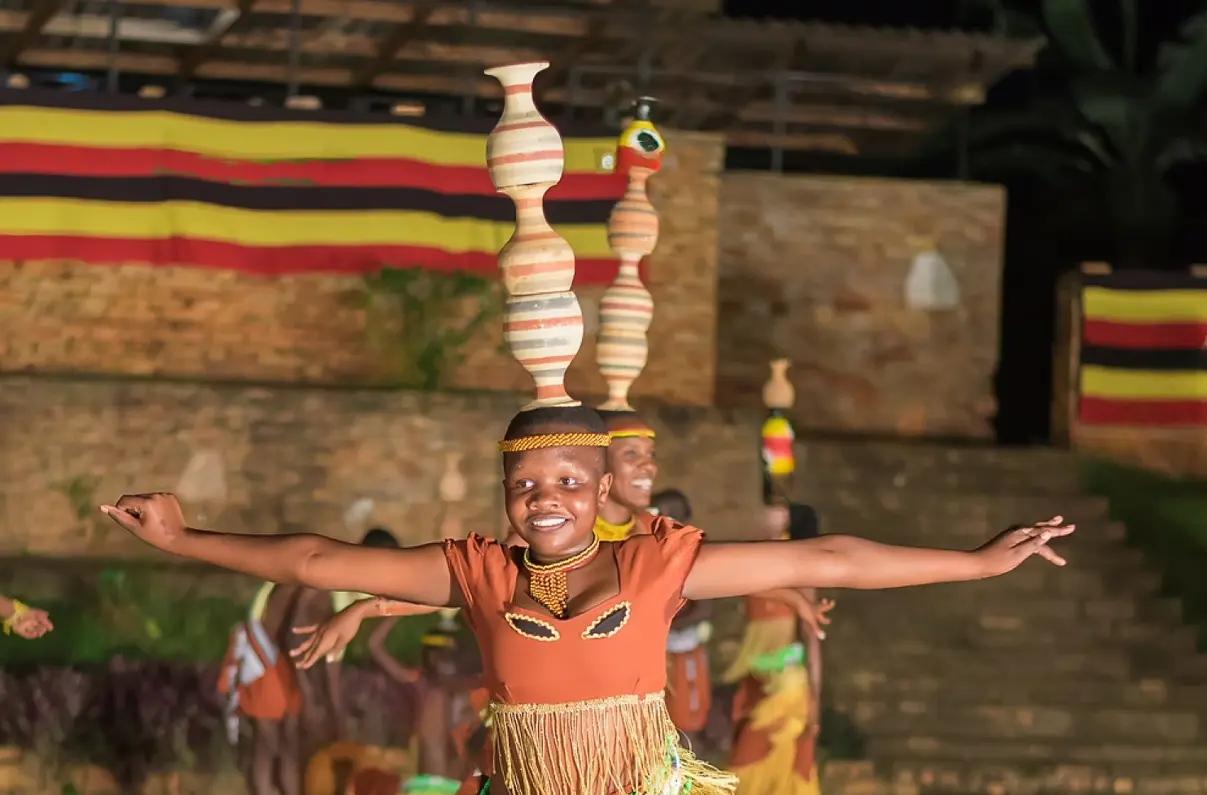
3. Uganda Museum
Founded in 1908, the Uganda Museum is East Africa’s oldest museum. Located on Kira Road, right next to the Uganda Wildlife Authority and the British High Commission, this small yet fascinating museum offers a captivating glimpse into Uganda’s rich cultural history. Through its collection of artefacts, exhibits, and insightful guides, visitors are taken on a journey through the diverse heritage of the country.
4. Uganda’s Tropical Fruits
While on his trip abroad, Uganda’s president Yoweri Museveni once instructed his team to fetch a pineapple from a supermarket. But when he tasted it, he was so shocked by the quality outside of his home country. Since then, he’s made sure to travel with his own pineapples, handpicked from the lush fields surrounding Kampala. And he’s not exaggerating—the fruit here is bursting with fresh flavor and unbeatable juiciness. Wander through the lively streets of the city, and you’ll spot vendors laying out rugs and offering pineapples, watermelons, and limes for just a few thousand shillings. It won’t take long to see why Museveni is so picky about his pineapples.

3. Ugandan Rolex
In Kampala, you’ll find rolex stalls on nearly every corner, but don’t expect luxury watches. Instead, you’ll be treated to Uganda’s beloved street food: a thick, warm chapati straight from the grill, wrapped around a sizzling omelette filled with chopped tomatoes and peppers.
This tasty snack, influenced by both Indian and local flavors, is a favorite for breakfast or lunch—though many Ugandans would argue there’s no wrong time to enjoy a rolex. Restaurants across the city have put their own spin on this classic, from upscale Greek versions loaded with olives and feta to humble hole-in-the-wall spots serving up variations packed with chicken curry and guacamole.
For the best variety, head to The Rolex Guy—a hidden gem down a lane in Muyenga that’s easy to miss but impossible to forget.

6. Matooke and luwombo
While the rolex is a quick and satisfying choice for breakfast and lunch, dinner in Uganda is all about indulgent, hearty meals of traditional fare. At The Roots Restaurant, you can dive into a serving of matooke—steamed and mashed green bananas—topped with a rich, savory groundnut sauce.
Complement it with luwombo, a signature Ugandan traditional dish of meat, chicken or fish slow-cooked in banana leaves, infusing the dish with a distinct, aromatic flavor. And don’t miss out on posho, a thick porridge made from flour, commonly found on Ugandan tables and perfect for soaking up the flavorful stews and sauces.
7. Kasubi Tombs
The Kasubi Tombs, a UNESCO World Heritage site, are a remarkable display of traditional Ganda architecture, crafted from natural materials like wood, thatch, reed, and wattle.
Serving as the burial site for four Buganda kings, they hold deep spiritual and cultural significance for the Baganda people. The main structure, Muzibu Azaala Mpanga, was tragically destroyed by fire in 2010 but has since been carefully restored, staying true to the original construction methods dating back to 1882.
Today, visitors can tour the rebuilt main tomb, explore nearby huts, and admire ancient artifacts scattered across the open grounds, offering a fascinating glimpse into the Kingdom’s rich history and traditions. Want to experience something unique?
On the Experiential Trail of Buganda, you can witness the ancient art of barkcloth-making, join in a cultural dance, and even learn to play omweso, a traditional game. Knowledgeable guides are on hand to show you around.
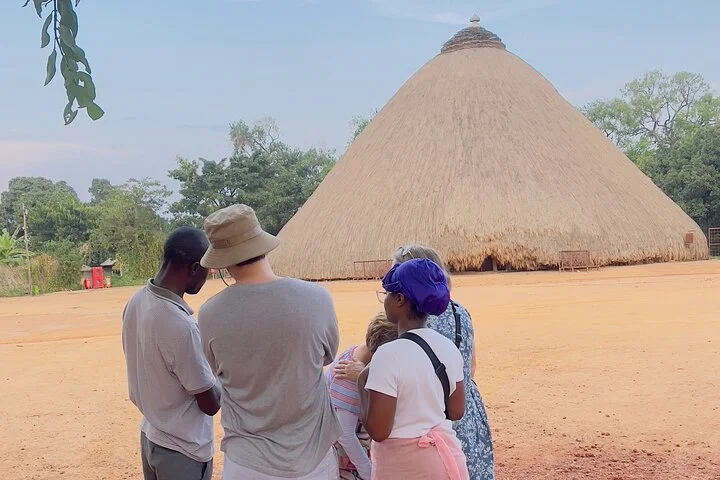
8. Idi Amin’s torture chambers
Uganda has faced its painful history head-on, particularly the brutal legacy of Idi Amin, who ruled the country from 1971 to 1979.
A visit to the Kabaka’s Palace takes a sobering turn with a stop at the dictator’s torture chambers, where a grim concrete tunnel once housed small cells separated by electrified water to prevent any escape. Over 100 people were crammed into each cell, without food, water, or ventilation, and it’s believed that more than 200,000 lives were lost in these dark, suffocating spaces.
The haunting remnants—bullet holes still marking the walls—serve as stark reminders of this tragic period. This visit offers a vital perspective on Uganda’s history and Amin’s brutal reign. While you’re there, don’t miss the charred remains of a Rolls-Royce once owned by Uganda’s first president, Edward Mutesa, which was destroyed by Amin’s regime.
9. The Royal Mile (Kabaka Anjagala)
Stroll along the tree-lined Royal Mile, stretching from the Bulange (the home of the Buganda Parliament) to the Mengo (Kabaka’s) Palace in the Lubiri, and follow in the footsteps of Uganda’s royal heritage. Clans and totems are deeply woven into Buganda culture, and along the way, you’ll spot statues of animal totems that beautifully line the path.
For a richer experience, you can arrange for an interpretative guide through the Buganda Tourism and Heritage Board or at the Bulange entrance’s booking office.
10. Uganda’s Cafe
Thanks to the rich, fertile soils of the Ugandan highlands, which produce some of the finest coffee in the world, it’s no surprise that Kampala’s cafes are thriving.
Grab a wooden chair and join the city’s remote workers at Café Javas, a cozy and artsy spot with a delicious menu full of hearty breakfasts and pastries, fast WiFi, and ample seating. Another local favorite is Endiro Coffee, with its open-air setting on Tank Hill Road.
Regulars gather beneath its soaring beams, enjoying their brews amidst lush greenery.
For a refreshing morning pick-me-up, try their smoothie and tropical fruit bowl, a vibrant mix of pineapple, watermelon, and banana, topped with local yogurt and honey.
11. Uganda Martyrs' Shrine (Namugongo)
Each June, hundreds of thousands of pilgrims make their way to Namugongo, with many traveling from distant parts of East Africa to pay tribute to the 22 Ugandan Christians who were martyred in 1886. These young Christian pages, who served in the king’s palace, were burned alive after refusing to renounce their faith in the face of the king’s orders. Their defiance and willingness to die for their beliefs turned them into heroes.
June 3rd marks the public holiday honoring the Uganda Martyrs. A visit to the Uganda Martyrs’ Museum offers a chance to learn the deeply moving and inspiring stories of these courageous individuals.
12. The Baha'i Temple
This iconic architectural landmark, visible from across Kampala, sits atop a peaceful, tree-filled hill. It is the first Baha’i House of Worship in Africa, offering a serene space for spiritual reflection. A multidenominational Sunday service welcomes everyone, regardless of faith.
13. Kampala craft markets
Kampala is a bustling hub of entrepreneurship, where nearly everyone has a side hustle.
In the busy alleyways of Owino Market, around 80,000 vendors set up shop daily, offering a wide range of goods. While you might not find many traditional souvenirs, the market offers a mix of second-hand clothes, electronics, fresh produce, and household items.
For a more relaxed shopping experience, head just five minutes to the East African Craft Village. Though the prices are higher, the pleasant atmosphere makes it worth the extra cost. Here, you can browse a stunning selection of traditional crafts, from intricately woven baskets and hand-carved wooden sculptures to colorful beaded jewelry and vibrant textiles.
Many artisans can be seen working on their crafts right at the market’s edges, offering a fascinating behind-the-scenes look at their artistry and the chance to buy one-of-a-kind items directly from the creators.
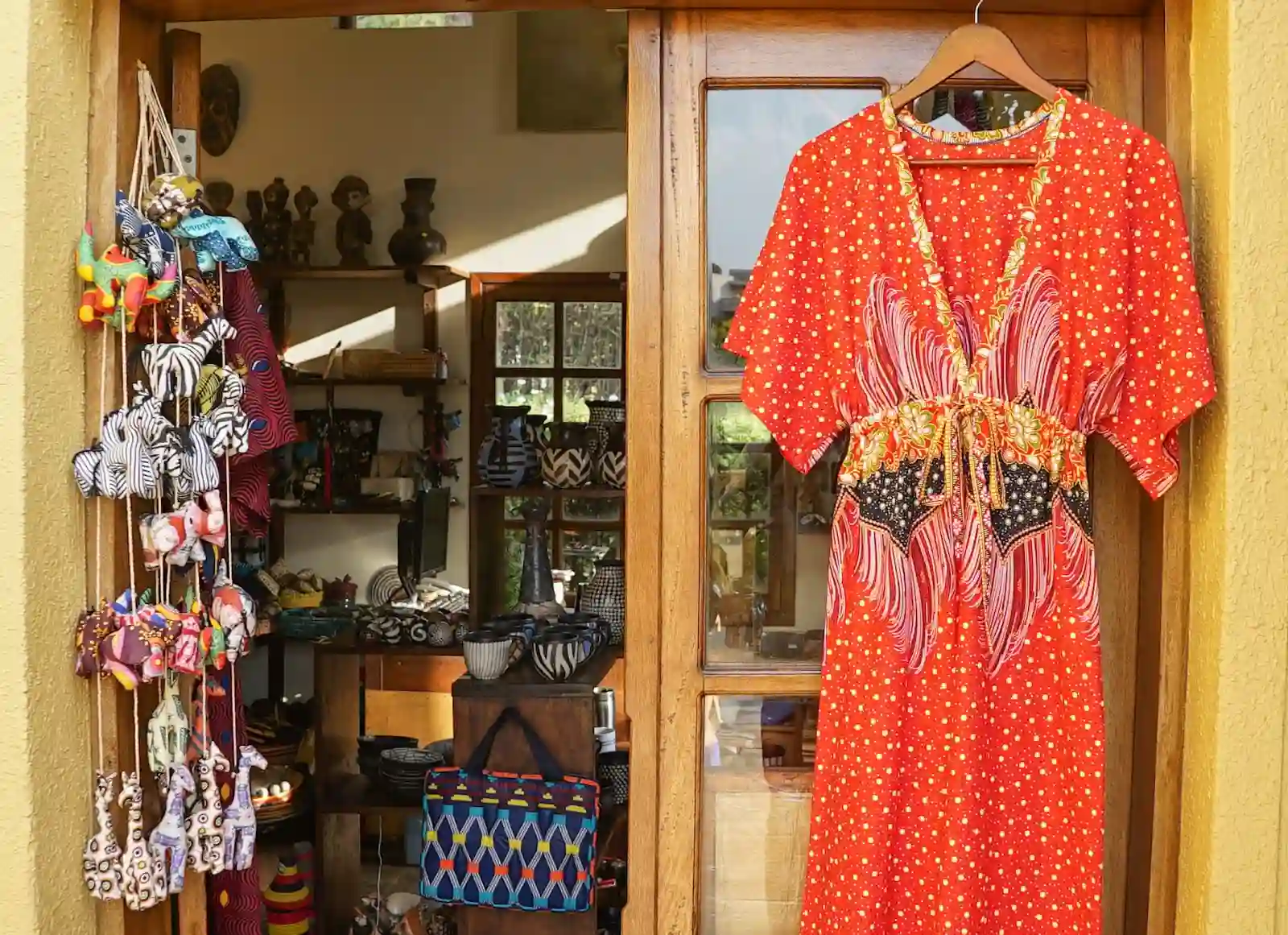
Want to explore Uganda from Kampala for a few days or more?
- Set sail on a sunset cruise across Lake Victoria, Africa’s largest lake, or try a half-day sport fishing excursion in pursuit of the mighty Nile Perch.
- Take a day trip from Entebbe to Ngamba Island, home to a fascinating chimpanzee sanctuary.
- Relax on the sandy beaches of one of Lake Victoria’s peaceful Ssese Islands.
- Embark on a birdwatching adventure in Mabamba Bay, where you can spot the rare and elusive Shoebill.
Visiting Kampala for the first time?
If you stick around Kampala for a while, your new friends will definitely take you to explore the bustling markets and lively nightlife. But the best way to truly experience the city’s highlights is by taking a guided tour.
Whether you have just a couple of hours or an entire day, there’s a wide range of local guides and tour companies eager to show you all the best spots. Just a friendly tip: be sure to book with a registered guide or company for a safe and enjoyable experience.
How to tour Kampala
I would highly recommend walking, ideally with a map and a guide in hand. Walking gives you the freedom to be spontaneous—take in your surroundings, chat with locals, and soak up the atmosphere. For a truly Ugandan experience, you could even take a Kampala city tour on the back of a boda boda motorbike (though they can be a bit risky, so be sure to wear a helmet and book with a registered company).
If you’re trying to fit a lot into your day, though, you might prefer the comfort of an air-conditioned vehicle. The choice is yours! Ready-made tours are flexible and can be tailored to your interests. Want to grab a local luwombo for lunch? Or spend an hour exploring Nakasero market? It’s your tour, so feel free to customize it however you like.
More Articles
Our Trusted Partners
